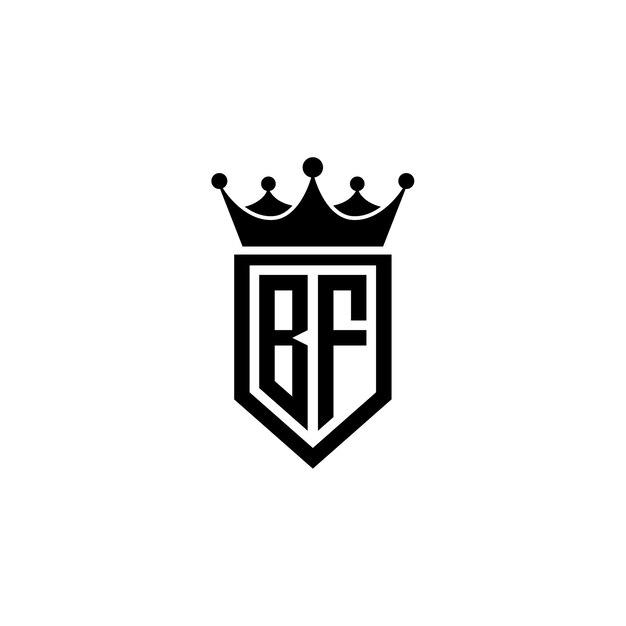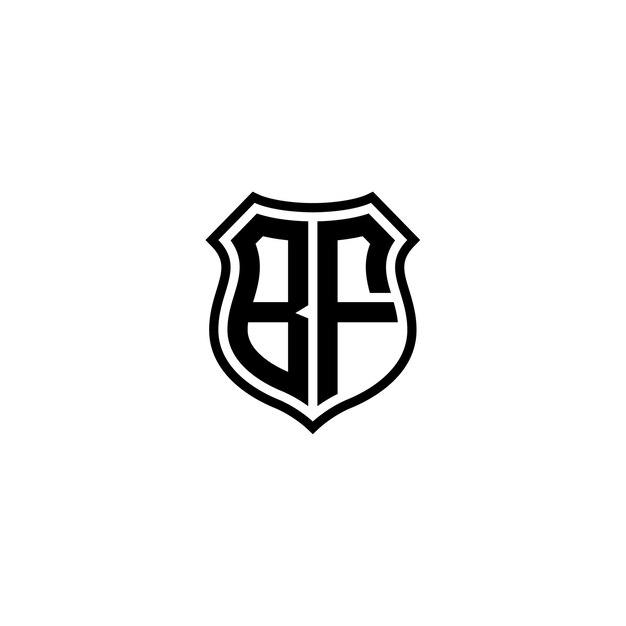Welcome to another exciting chemistry exploration on our blog, where we dive into the intriguing world of molecules and their shapes. In today’s article, we’re going to dissect the shape of an interesting compound called boron trifluoride, or BF3 for short. Ever wondered why BF3 is flat or what determines its unique geometry? We’ll answer these questions and more as we shed light on the structure and properties of this fascinating molecule.
Throughout this blog post, we’ll address common queries like whether BF3 is planar or nonplanar, tetrahedral, linear, or bent. We’ll also discuss the bond angle of BF3, its Lewis structure, and if it has a dipole moment. Additionally, we’ll explore the stability and formation of BF3, along with its hybridization. So, buckle up and get ready to uncover the mysteries behind the captivating shape of BF3!
Let’s dig deep into the symmetrical world of BF3 and discover its intriguing geometry and molecular behavior. But first, let’s lay the groundwork and understand the fundamentals of this compound’s structure.
What Shape Is BF3
BF3, also known as Boron Trifluoride, is a fascinating molecule that has captured the attention of chemists and science enthusiasts alike. In this section, we will explore the shape of BF3, its molecular structure, and why it has become a topic of interest. So, buckle up and prepare for a journey into the wonderful world of Boron Trifluoride!
The Molecular Structure of BF3
At its core, BF3 consists of one boron atom and three fluorine atoms, bonded together in a mesmerizing dance of chemical bonding. But what does this mean for its shape? Well, to answer that question, we need to look at the valence electrons of the atoms involved.
Valence Electrons and Shape
Valence electrons are like the social butterflies of the atomic world – they determine how atoms interact with each other and ultimately influence the shape and structure of molecules. In the case of BF3, boron brings three valence electrons to the party, while each fluorine atom brings seven. This gives us a total of 24 valence electrons to play with.
Electron Distribution and Geometry
Now, let’s get to the fun part – figuring out the shape of BF3! To do this, we’ll employ a theory called Valence Shell Electron Pair Repulsion (VSEPR). VSEPR is like a cosmic choreographer that determines how the valence electrons arrange themselves around the central boron atom.
According to VSEPR, the three fluorine atoms in BF3 arrange themselves in a trigonal planar geometry. But what does that look like, you ask? Imagine a bird’s-eye view of three evenly spaced satellites orbiting a planet – that’s the shape we’re talking about here.
A Bird’s-Eye View
To put it in simpler terms, imagine you are a bird soaring through the vast expanse of the chemical universe. Suddenly, you stumble upon an intriguing molecule called BF3. As you approach, you see three fluorine atoms arranged in a perfect equilateral triangle around a central boron atom. It’s like a cosmic game of Ring Around the Boron!
The “BF3 Dance”
Now, let’s dive into the molecular dance that BF3 performs. Picture three fun-loving fluorine atoms spinning around the boron atom, as if they were dancing partners at a lively chemical ball. Each fluorine atom holds the boron atom’s hand, twirling with grace and elegance. Together, they create a mesmerizing spectacle that chemists have aptly named the “BF3 Dance.”
In conclusion, the shape of BF3 is a trigonal planar, resembling three fluorine atoms arranged in a perfect equilateral triangle around a central boron atom. This molecular dance, known as the “BF3 Dance,” showcases the beauty and creativity of nature’s chemical creations. So, the next time you come across BF3, remember its captivating shape and the cosmic dance it performs. Who knew chemistry could be so entertaining?
FAQ: What Shape Is BF3
When it comes to molecules, their shapes can have a significant impact on their properties and interactions. BF3, or boron trifluoride, is no exception. In this FAQ-style guide, we’ll answer some commonly asked questions about the shape of BF3 and provide you with insights into its characteristics. So, grab your molecular goggles and let’s dive in!
Do BF3 and ClF3 Have Similar Shapes
Although BF3 and ClF3 both contain three atoms surrounding a central atom, their shapes are actually different. BF3 has a trigonal planar shape, while ClF3 has a T-shaped geometry due to the presence of one lone pair on the central atom.
Why Does BF3 Have No Dipole
BF3 has no dipole moment because the three fluorine atoms in BF3 are symmetrically arranged around the central boron atom. The individual dipole moments of the fluorine-boron bonds cancel each other out, resulting in a molecule without a net dipole moment.
How Can You Tell If a Structure is Planar
A trick to determine planarity is to check the number of electron pairs around the central atom and its molecular geometry. If the central atom of a molecule has three electron pairs and its molecular geometry is trigonal planar, like in the case of BF3, then the structure is planar.
How Stable is BF3
BF3 is a highly stable molecule. Due to the electronegativity difference between boron and fluorine, the fluorine atoms exert a strong pull on the shared electrons, creating a stable electron configuration. This stability contributes to the overall robustness of BF3.
How is BF3 Formed
BF3 is formed through the reaction between boron oxide (B2O3) and hydrogen fluoride (HF). The chemical equation for this reaction is:
B2O3 + 6 HF → 2 BF3 + 3 H2O
This reaction releases water as a byproduct.
What is the Shape of BF3 Class 11
In Class 11 chemistry, BF3 is recognized for its trigonal planar shape. The three fluorine atoms form a triangle around the central boron atom, giving BF3 its characteristic planar structure.
Why is BF3 Flat
BF3 is flat, or planar, because of the arrangement of its atoms. In the trigonal planar geometry, the three fluorine atoms and the central boron atom lie in the same plane. This flat arrangement contributes to the molecule’s overall stability.
Why is BF3 Trigonal Planar
The trigonal planar shape of BF3 arises from the presence of three bonding electron pairs surrounding the central boron atom. These electron pairs repel each other, causing them to arrange themselves as far apart as possible, resulting in a trigonal planar geometry.
Is BF3 Planar or Nonplanar
BF3 is planar. As mentioned earlier, the arrangement of the three fluorine atoms and the central boron atom in a flat plane gives BF3 its trigonal planar geometry, hence its planarity.
Does BF3 Have a Dipole Moment
No, BF3 does not have a dipole moment. The symmetric arrangement of the three fluorine atoms around the boron atom leads to the individual dipole moments canceling each other out, resulting in a molecule with no net dipole moment.
Is It True or False that the Bond Angle of BF3 is 120o
Yes, that statement is true. The bond angle in BF3 is indeed 120 degrees. This angle is a result of the three fluorine atoms being equally spaced around the central boron atom.
Is BF3 a Trigonal Planar Geometry
Absolutely! BF3 exhibits a trigonal planar geometry, where the three fluorine atoms are positioned at the vertices of an equilateral triangle around the central boron atom.
What is the Lewis Structure of BF3
The Lewis structure of BF3 shows a central boron atom bonded with three surrounding fluorine atoms. To visualize it, picture boron at the center with three fluorine atoms coming off in different directions.
What Does BF3 Look Like
If we were to personify BF3, it would look like a flat triangular molecule with three fluorine buddies closely surrounding a central boron atom. Together, they form a harmonious trifluoride trio.
What is the Shape of PCl5
While we’re on the topic of shapes, let’s not forget about phosphorus pentachloride (PCl5). PCl5 adopts a trigonal bipyramidal geometry, where five chlorine atoms are arranged around the central phosphorus atom.
Why is BF3 sp2 Hybridized
The hybridization of BF3 involves the mixing of the boron atom’s 2s and two of its 2p orbitals, resulting in three sp2 hybrid orbitals. These orbitals arrange themselves in a trigonal planar shape to accommodate the three fluorine atoms.
Is H3O+ Trigonal Pyramidal
Indeed! H3O+, otherwise known as the hydronium ion, has a trigonal pyramidal shape. The three hydrogen atoms surround the central oxygen atom, giving it a pyramid-like appearance.
Is BF3 Pyramidal Shape
No, BF3 does not have a pyramidal shape. Its planar geometry allows the three fluorine atoms to be in the same plane as the central boron atom, resulting in a flat structure.
Is BF3 Tetrahedral
No, BF3 is not tetrahedral. Tetrahedral geometry occurs when a central atom is bonded to four surrounding atoms, but in the case of BF3, there are only three surrounding fluorine atoms.
Is ClF3 Pyramidal
Absolutely! Unlike BF3, ClF3 is indeed pyramidal in shape. The three fluorine atoms surround the central chlorine atom, with one lone pair of electrons creating a pyramid-like structure.
Is BF3 Linear or Bent
BF3 is neither linear nor bent; it is planar. Its trigonal planar geometry results in a flat, triangular arrangement of the three fluorine atoms and the central boron atom.
What is the Name for BF3
The name for BF3 is boron trifluoride. Simple and straightforward, it reflects the composition of the molecule—boron and three fluorine atoms.
Is PCl5 Planar or Nonplanar
PCl5 is nonplanar. Its trigonal bipyramidal geometry, with three chlorine atoms in axial positions and two in equatorial positions, creates a three-dimensional molecular shape.
Is BF3 a Resonance
No, BF3 is not a resonance structure. Resonance occurs when a molecule can be accurately represented by two or more Lewis dot structures. In the case of BF3, there is only one valid Lewis structure. So, no switching back and forth here!
From its trigonal planar geometry to its stable structure, BF3 possesses fascinating characteristics. Understanding its shape and properties helps us appreciate the diverse world of molecules. We hope this FAQ-style guide has shed light on your burning questions about BF3. Remember, in the realm of chemistry, curiosity is the catalyst for knowledge!

